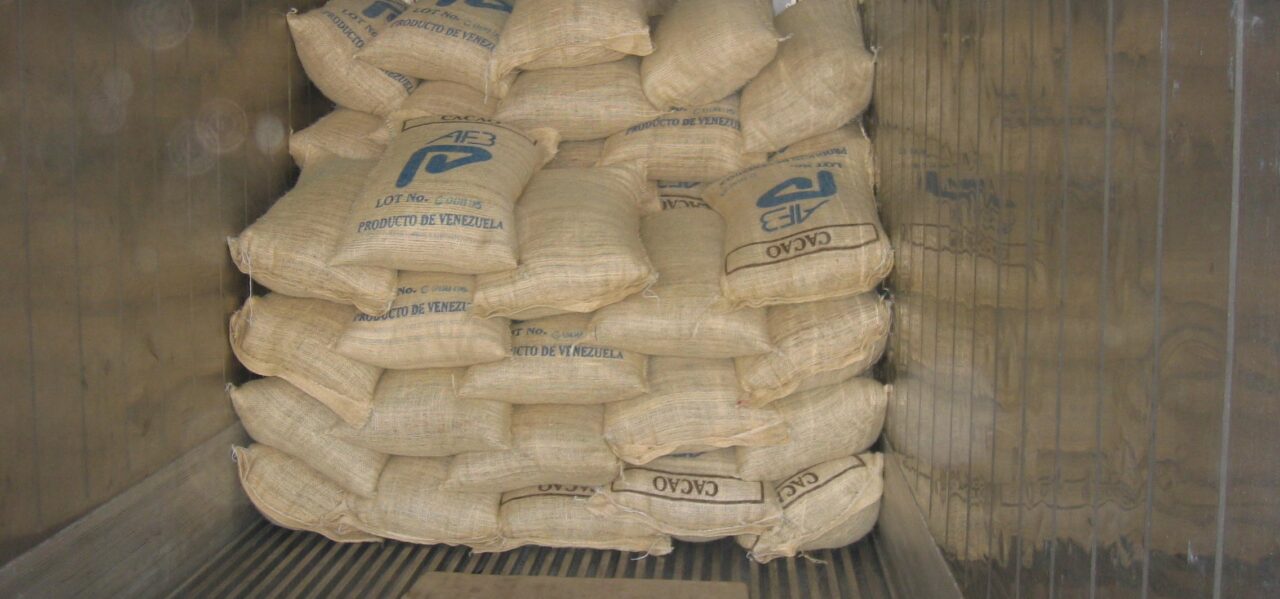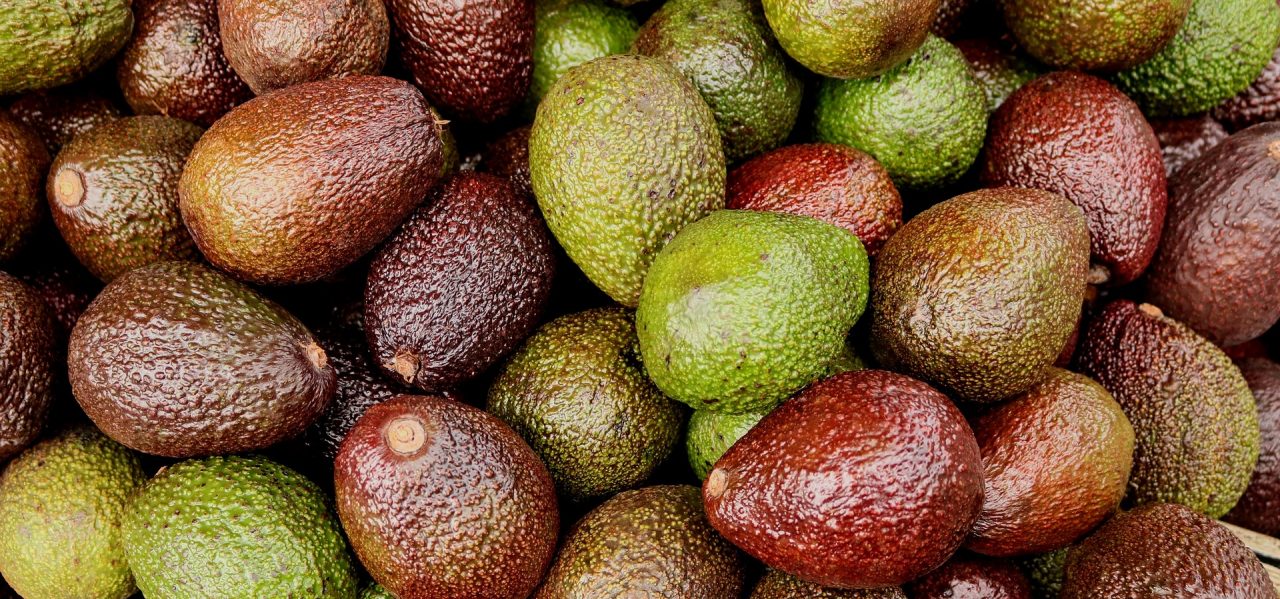PILFERAGE OF GRAIN CARGOES IN PUERTO CABELLO, VENEZUELA
Cargo pilferage at Puerto Cabello has been notorious in recent years. We have known about large alleged shortages in discharge involving bulk grain cargoes particularly wheat, soybeans and corn. These cases are becoming frequent, particularly if receivers are not present and place security personnel in all the stages of the discharge process. These shortages ranged from 50-100 MT up to very large quantities of 500 MT or more, with great losses to receivers and alleged shortage claims to owners. Receivers that were well prepared and have taken control and security measures have reduced shortages to very small figures of less than 0.3%.
Recently we were involved in one case in which the receivers alleged a shortage at their factory of about 500 MT. The vessel had carried durum and soft wheat from Canada. The hatch covers and other entrances to the holds were properly sealed and draught surveys were conducted in the loading port and after discharge at Puerto Cabello, to assess the amount of cargo loaded and discharged. During this voyage damaged cargo resulted from seawater entrance through the hatch covers of two holds due to extreme bad weather conditions, resulting damaged about 90-100 MT of wheat that remained in the vessel for disposal elsewhere. This amount was reflected in the measurements done and in the draught surveys performed at Puerto Cabello after discharge. In spite of this, the receiver alleged a shortage of about 500 MT of durum wheat, with a price exceeding $230-270/MT.
In view of this, various investigations were done in 1998, including visit to shore installations and interviews with stevedores, various receivers and agents. At least six mechanisms for subtracting cargo were detected. The findings were summarized in this paper.
Pilferage of grain at Puerto Cabello, Venezuela
HURTOS DE CARGAS DE GRANOS EN PUERTO CABELLO, VENEZUELA
El hurto de carga en Puerto Cabello ha sido notorio en los últimos años. Hemos tenido conocimiento de grandes supuestas carencias en la descarga de cargas de granos a granel, particularmente trigo, soja y maíz. Estos casos son cada vez más frecuentes, particularmente si los receptores no están presentes y colocan al personal de seguridad en todas las etapas del proceso de descarga. Estas carencias variaron entre 50-100 MT hasta cantidades muy grandes de 500 MT o más, con grandes pérdidas para los receptores y supuestas demandas de escasez a los propietarios. Los receptores que estaban bien preparados y que tomaron medidas de control y seguridad redujeron la escasez a cifras muy pequeñas de menos del 0,3%.
Recientemente estuvimos involucrados en un caso en el que los receptores alegaron una escasez en su fábrica de aproximadamente 500 TM. El buque había transportado trigo duro y trigo blando de Canadá. Las compuertas de escotilla y otras entradas a las bodegas se sellaron adecuadamente y se realizaron levantamientos en el puerto de carga y después de la descarga en Puerto Cabello, para evaluar la cantidad de carga cargada y descargada. Durante este viaje, la carga dañada se debió a la entrada de agua de mar a través de las escotillas de dos bodegas debido a las condiciones climáticas extremas, resultando dañadas alrededor de 90-100 TM de trigo que permanecieron en el buque para su eliminación en otro lugar. Esta cantidad se reflejó en las mediciones realizadas y en las encuestas preliminares realizadas en Puerto Cabello después del alta. A pesar de esto, el receptor alegó una escasez de alrededor de 500 TM de trigo durum, con un precio superior a $ 230-270 / MT.
En vista de esto, se realizaron varias investigaciones en 1998, que incluyeron visitas a instalaciones costeras y entrevistas con estibadores, varios receptores y agentes. Se detectaron al menos seis mecanismos para restar carga. Los hallazgos se resumieron en este documento.
Hurto de cargas de granos en Puerto Cabello, Venezuela










